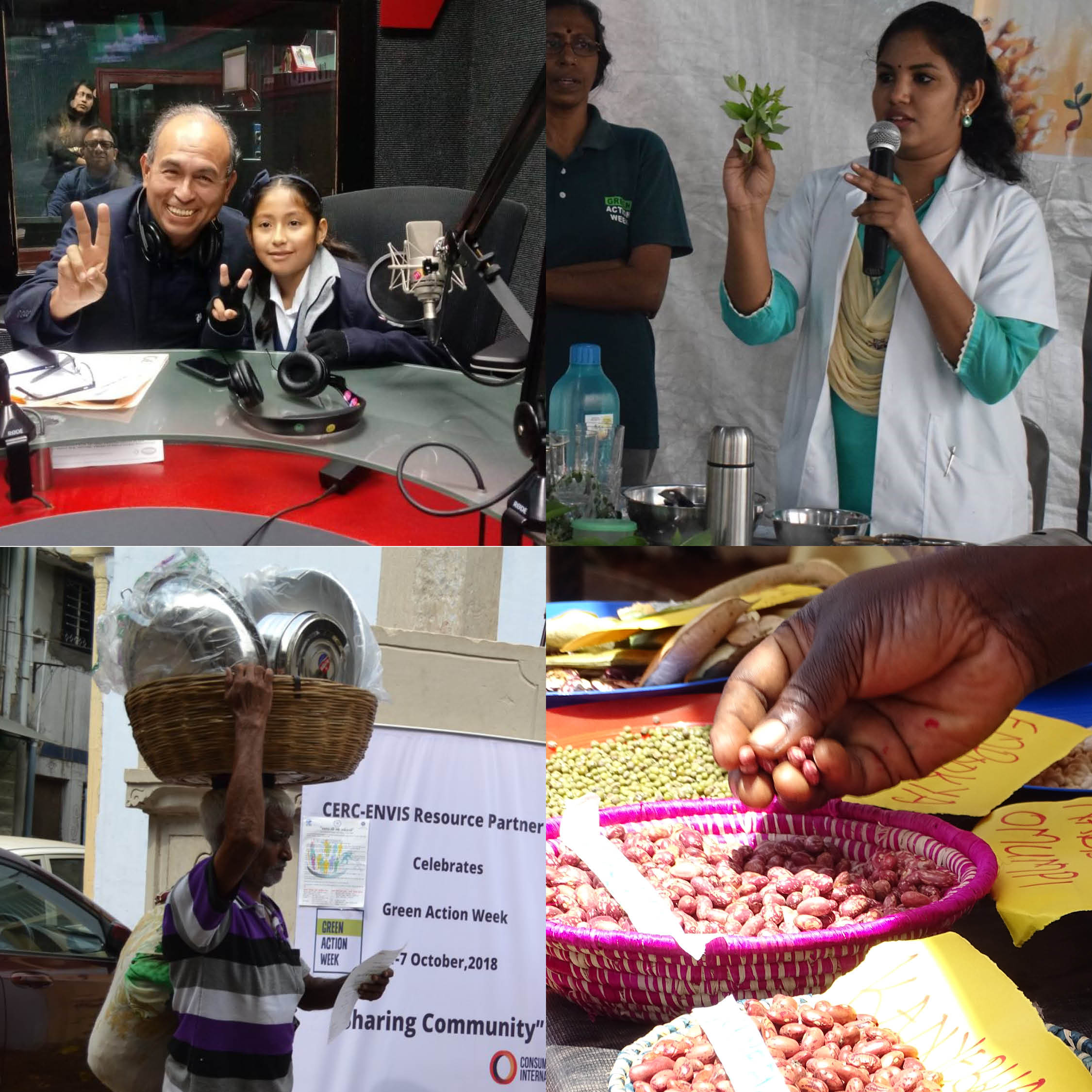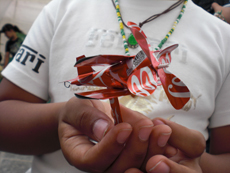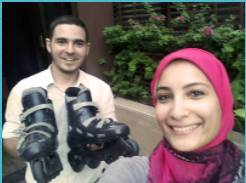A guide to Green Action Week
UPDATE: The theme of ‘Sharing Community’ will continue in 2019. A new guide is coming soon – with real examples from communities across the world who took part in 2018.
Until then, you can find out how Green Action Week participants translated ‘Sharing Community’ to their own cultures in our blog, and on our Facebook page.
A Guide to Green Action Week 2018
"Sharing Community"
"We want to reignite cultures of sharing and collaboration to make sure everyone has sustainable access to goods and services"
What is the focus of the new theme?
[Below is an edited transcript of real conversations from a focus group with Green Action Week participants about the new theme]
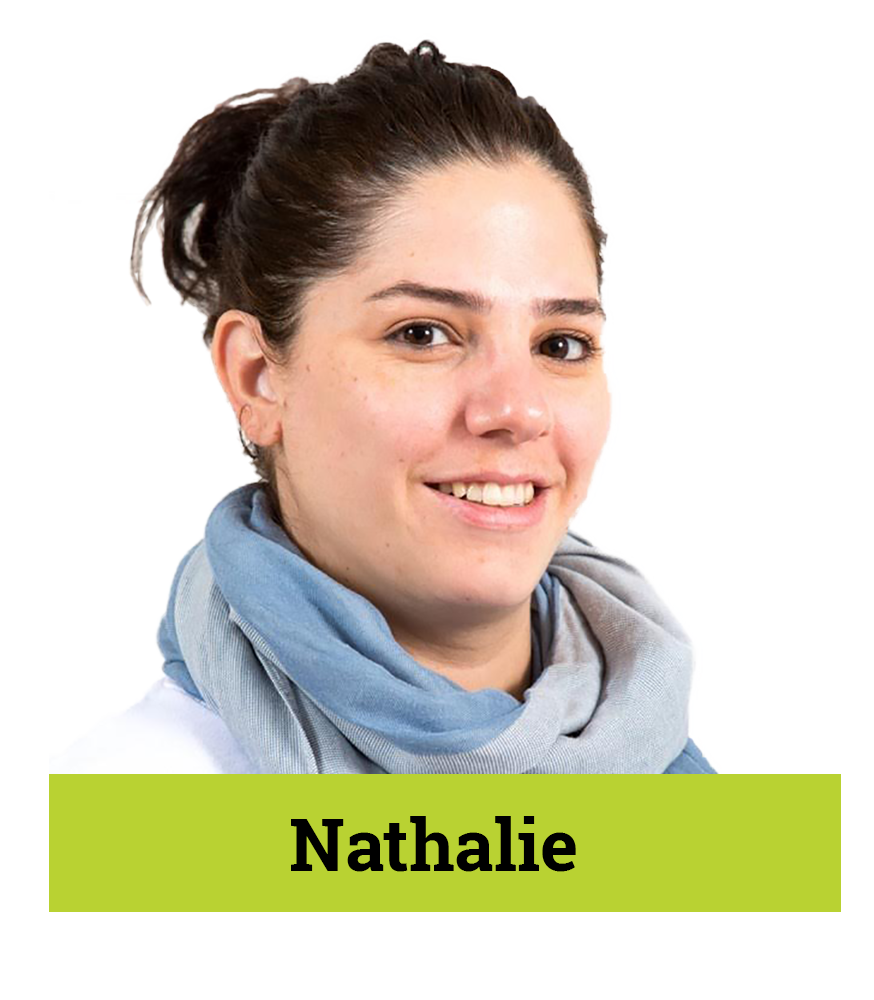








Sharing Community
“Access to goods and services is unequal and planetary boundaries are being breached.
Green Action Week wants to reignite cultures of sharing and collaboration, as a way to create sustainable access for more people, and at the same time reduce stress on the planet.
We want to challenge the norm of
private ownership and consumerism
and help create strong, collaborating
communities.”


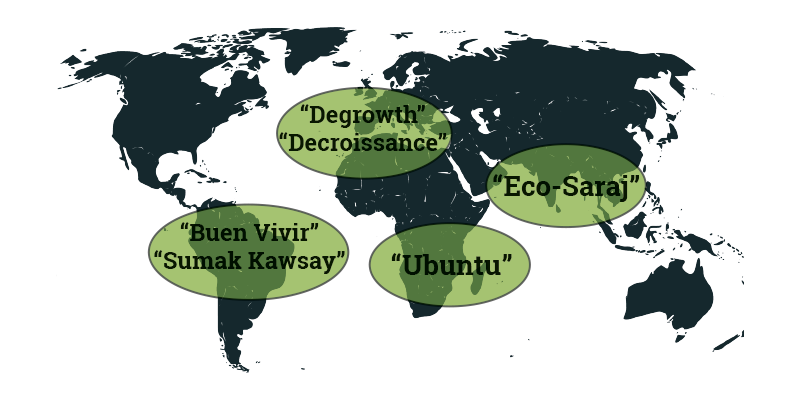














Frequently Asked Questions
Why has the theme changed?
We are moving from the previous theme (‘organic food and farming for all’) to ‘Sharing Community’ so we can focus on a culture of sharing which is key to a stronger, more sustainable life.
Can I still submit a campaign which involves organic food?
If the main objective of your campaign is about sharing goods and services within communities, yes.
If it is mainly promoting consumption or production of organic food, no.
Is the theme about recycling or upcycling?
It could be. But recycling/upcycling is about making new ‘things’ from old ‘things’. Sharing community is about how we share and collaborate in our communities to create sustainable access for all.
Is this theme about sharing apps like Uber or AirBnB?
Technology can be part of the solution (like in Julia’s example, above) but we are mainly interested in the people and communities who do the sharing, not the technology that helps them do it (especially if that technology is not shared and owned by the community, like a lot of ‘sharing economy’ apps)
How do I plan an activity for Green Action Week?
These are questions you should ask yourself when planning your activity for Green Action Week 2018.
- WHY are you doing this? (the problem you want to solve)
- WHO are your audiences? (Partners as well as targets)
- WHAT will you ask them to do? (Your 'call to action')
- WHERE will you reach them? (This can be your activity plan)
- Does this fit 'Sharing Community'? (Alignment with the theme)
If you are interested in understanding the theory of how to better communicate to people about sustainable lifestyles in general, you can read more in “Communicating Sustainable Lifestyles”, a guide from the United Nations Environmental Programme:
STEP ONE: Understand Audiences

Stakeholder-Focused: Engage in participatory, relevant, and grounded ways.
Orient around people’s needs and wants, build trust, and promote actions linked to a sense of place and local context.
STEP TWO: Set Goals

Better Living: Focus on aspirations.
Create a compelling vision based on stakeholder values. Be clear about the problem but place greater emphasis on how lifestyle choices lead to a better life.

Impact: Set clear goals and demonstrate sustainability results.
Set achievable ecological, social, and economic goals and outline clear milestones for measuring progress along the way. Clarify how people can contribute in meaningful ways.
STEP THREE: Determine Strategies

Systemic: Consider the systemic nature of lifestyles.
Highlight the underlying drivers and systemic structures that enable sustainable lifestyles. Develop campaigns that promote activities across domains.

Dynamic Life Changes: Take advantage of life stages and transitions.
Leverage moments of life stages and transitions such as marriages, birth, moving, retirement, and career changes to shift thinking and guide new patterns of behaviour.

Diversity: Accommodate the diversity in lifestyles.
Illustrate the range of sustainable lifestyles. Tailor to different stakeholder groups and employ culturally relevant practices.

Collective Action: Show that lifestyles extend beyond individual action.
Engage people as members of groups and adopt peer-to-peer support strategies. Connect individual actions to larger system shifts, including policy change.
STEP FOUR: Measure and Respond

Responsive: Learn and adapt to changing conditions.
Create a culture of learning by listening to participants throughout the life of a campaign, share feedback as a way to motivate further action, and adapt initiatives over time.
What do we do now?
1. Questions?
You can send questions about Green Action Week or how to be a part of it to info@greenactionweek.org
2. Create an account
You can create an account on the Green Action Week website where you can also discuss the theme, activities, and learn from each other in our online forum
3. More background information
- ‘A Wider Circle?’ – The Circular Economy in Developing Countries.
- ‘The Sharing Economy in Developing Countries’.
- ‘Closing the Loop’ – The benefits of the circular economy in
developing and emerging economies.
Green Action Week is an initiative by the Swedish Society for Nature Conservation (SSNC) and is carried out in coordination with Consumers International. Communications and testing of 2018 theme by Sho Konno.
